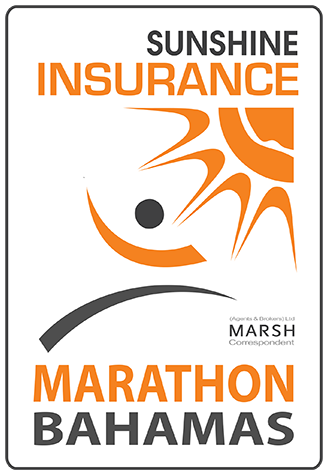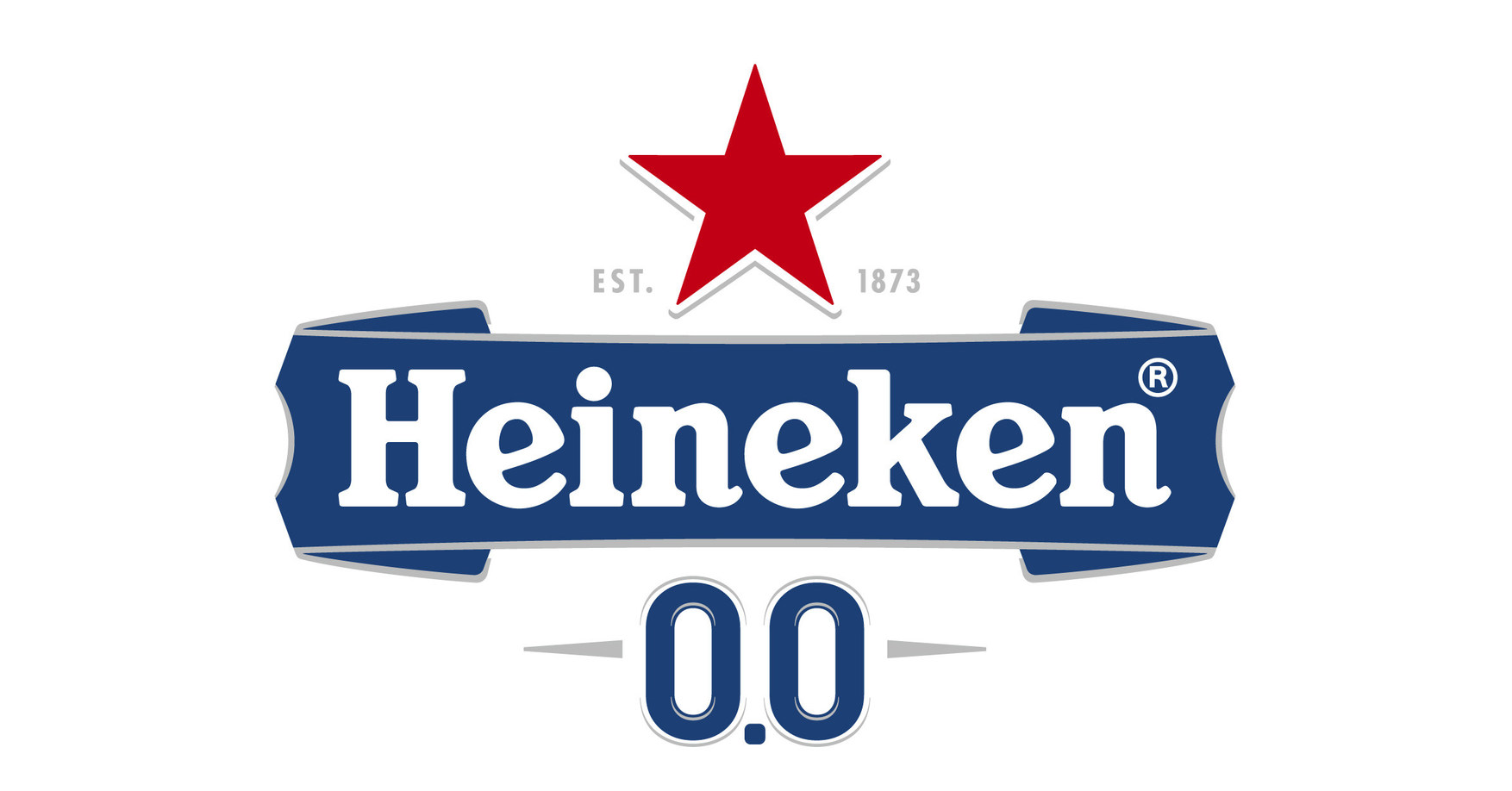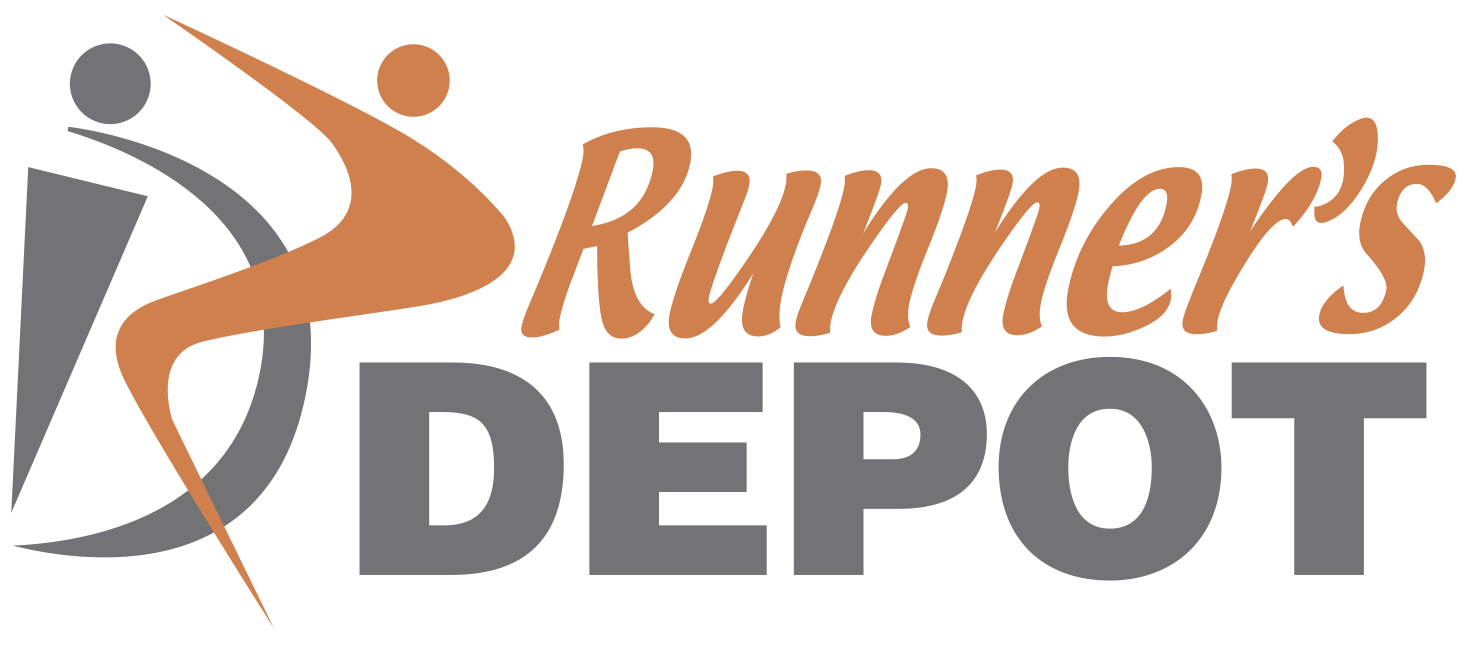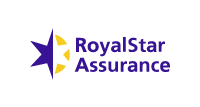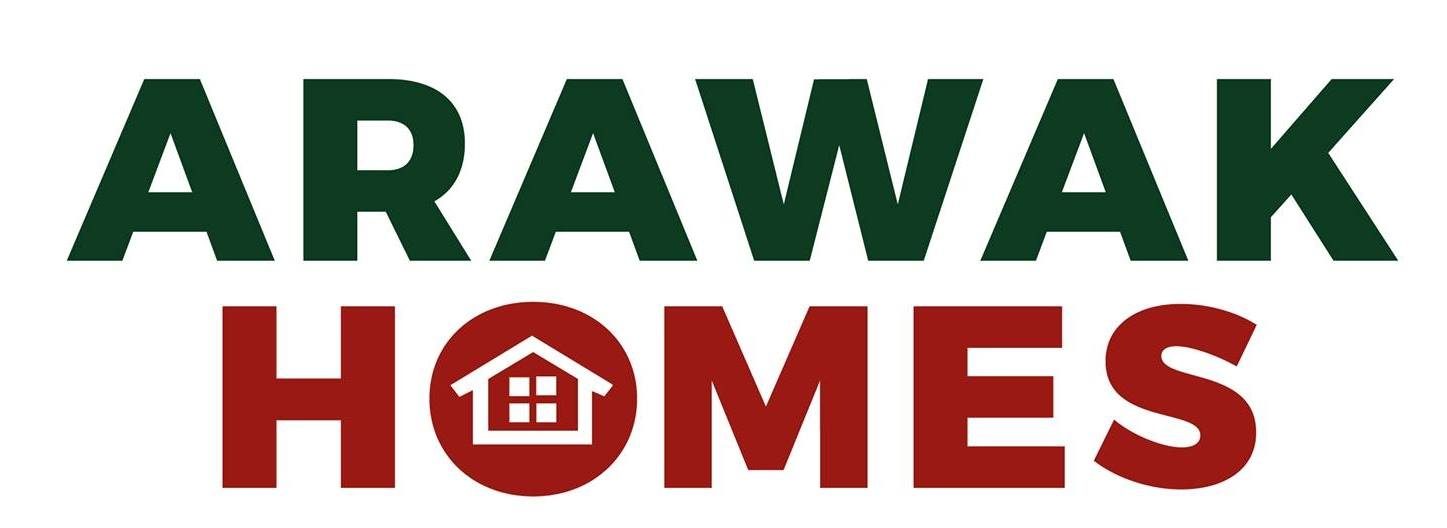Bahamas Culture
All through The Islands of The Bahamas, music is woven deeply into the fabric of daily life, so much so that one of the nicknames given to our archipelago is the Islands of Song. Musical traditions here reflect both the impact of history on the islands and a homegrown, distinctively national character.
Blues and spirituals made their way down from the American South and took on a Bahamian flavor – in breezy shoreside church choirs where “rhyming spirituals” are sung, and on homemade guitars in the hands of virtuoso performers like the legendary Joseph Spence and his contemporary Israel Forbes.
Junkanoo, Goombay and Rake ‘n’ Scrape all incorporate handclapping and drum rhythms of West African dance music. Goombay is a secular Bahamian tradition, danceable music full of stories about love and other daily dramas. Rake ‘n’ Scrape bands are purely instrumental – a carpenter’s saw, a goatskin drum and an accordion are all traditional Rake ‘n’ Scrape instruments. And the “gran’ dance” of Junkanoo is, of course, the heart of our annual national celebration. Competing dance groups (called “shacks”), like the Valley Boys, the Music Makers and the Saxons Superstars, spend all year creating fanciful costumes and practicing elaborate routines. If you can’t be here for the Christmastime festival, a number of nightspots feature Junkanoo performances, or you could join one of the “shacks” for a practice – participants are welcome.
True Bahamian
Bahamian English is a fascinating mixture of Queen’s diction, African influences and island lingo. Unfamiliar sounding words you’ll hear on our streets and beaches may be survivors from early English settlement (true Shakesperian English!), echoes of Africa or local slang. The “h” is often dropped in daily speech (‘ouse for house or t’anks for thanks). You’ll find conversation easy here – the distinctive sounds of daily speech are all part of a true Bahamian experience.
